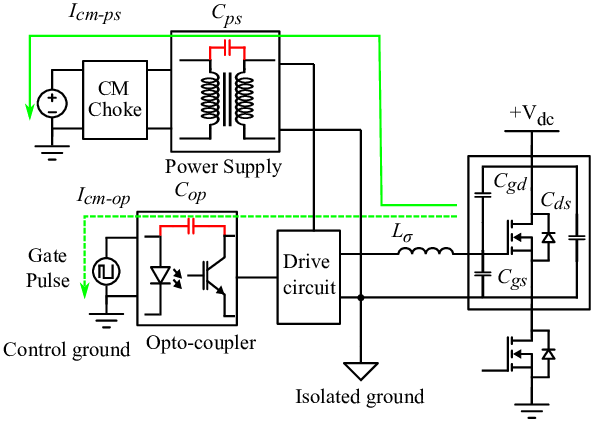MOSFET Gate Drive Current Limits – Control Switching the Right Way

⚠️ The Problem :
MOSFETs are the heart of power switching in everything from chargers to motor controllers. But did you know that driving the gate too fast or too hard can cause EMI, ringing, or even damage the gate? That’s where gate drive current limiting comes in.
✅ The Solution :
Use a gate resistor in series with the gate to limit inrush current during switching. This not only protects the MOSFET gate but also reduces EMI and improves overall circuit reliability. For fast switching, balance is key: too small a resistor causes overshoot, too large slows switching.
🚗 Practical Example :
Imagine you’re building a motor controller using a logic-level N-channel MOSFET. Without a gate resistor, your microcontroller struggles due to high surge current at each switching event. Adding a 10Ω gate resistor smooths out the drive and protects both devices.
📐 Sample Calculation :
Let’s say your MOSFET has a gate charge (Qg) of 20nC, and you want a rise time (tr) of 100ns.
To find the required gate current:
Igate=trQg=100ns20nC=0.2A
Now, apply Ohm’s Law to determine the gate resistor value (assuming a 5V drive):
R=IV=0.2A5V=25Ω
📌 Result: You can safely choose a resistor between 10Ω and 22Ω to limit gate current and ensure clean switching without excessive delay.
🛒 Product Recommendation :
Get Made in India:
🛍️ Shop now at SmartXProKits.in
🇮🇳 Support our work and India’s innovation—buy from our Make in India site!




















